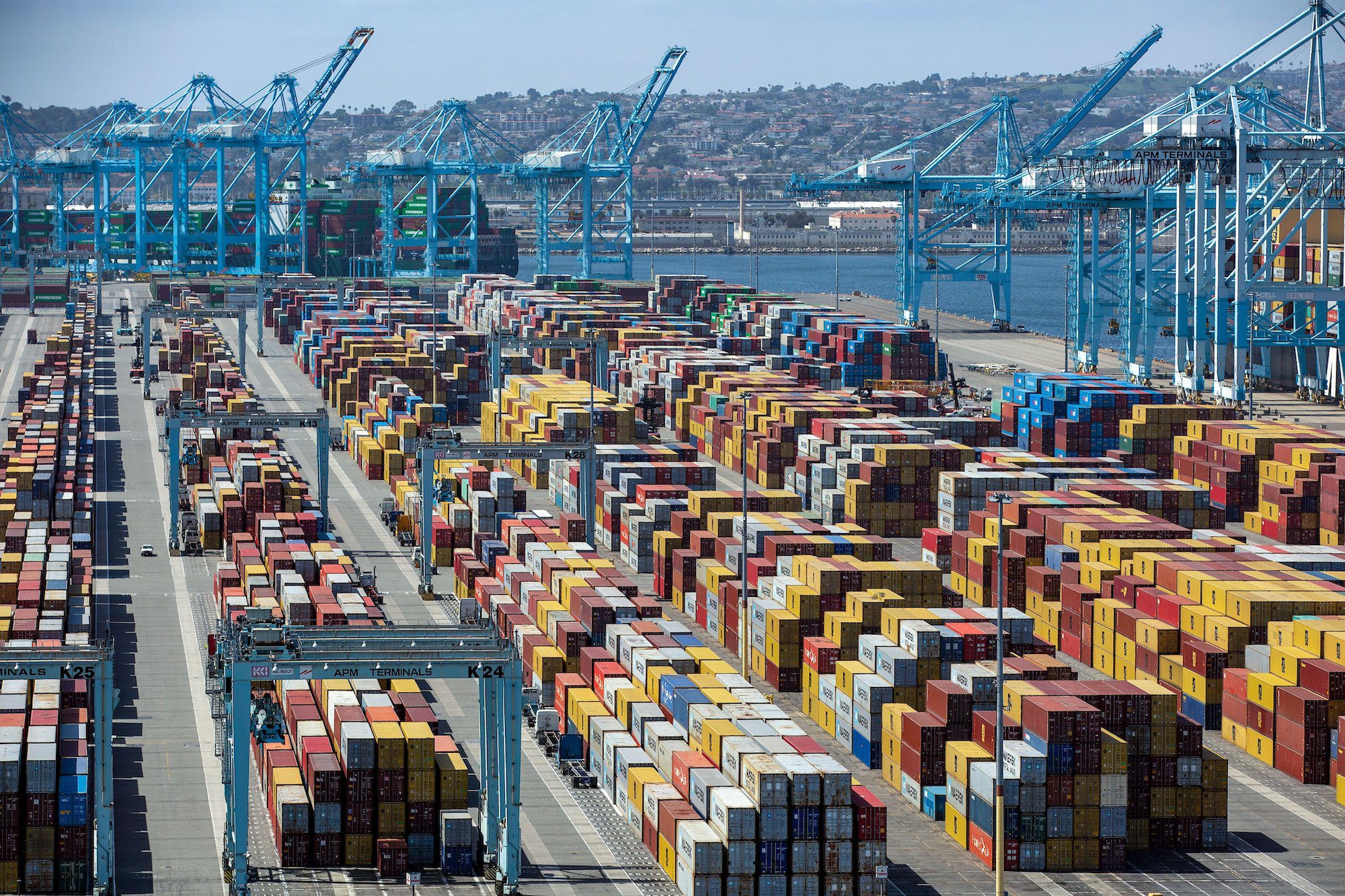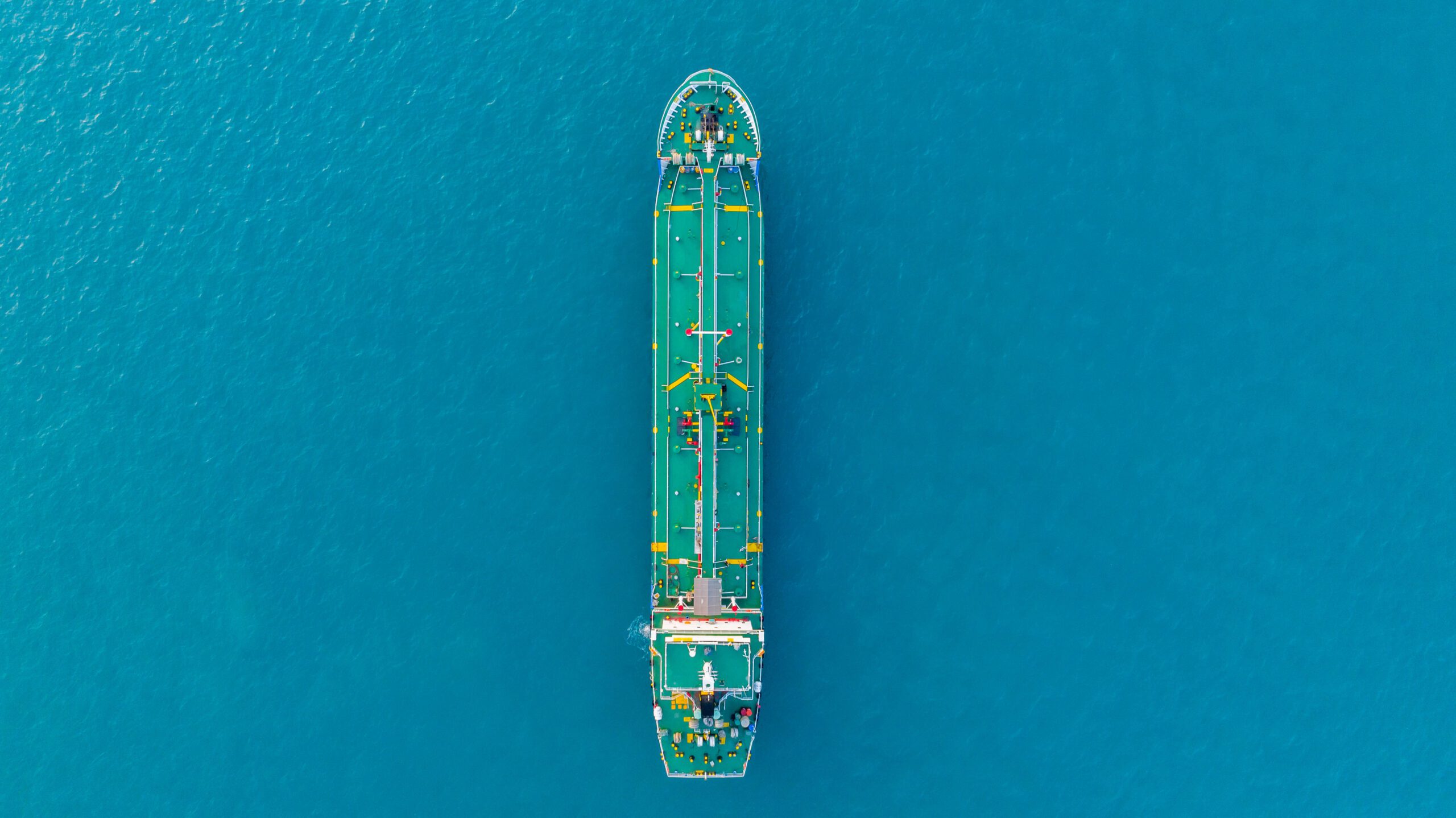As part of the directives to the Federal Maritime Commission (FMC) contained in the three month old “Ocean Shipping Reform Act of 2022” (OSRA 2022), the agency is required to come up with regulations regarding examination of instances where ocean carriers refuse to engage in conversations with goods shippers regarding booking of cargo. In other words, OSRA 2022’s authors were saying that the carriers should be held accountable for their “refusal to deal.”
The FMC has now proposed some specific wording, and is now in the process of soliciting comments so that it might hear objections and fine-tune the wording. An important question for responders was whether an “emergency situation” exists that would allow the FMC to require greater transparency on schedules of box movements to be provided by terminals and by carriers.
Veteran shipping executive John McCown was one of many commentors to the FMC in response to its solicitation. In his submission, he opined that: “An emergency situation does in fact exist that can be measured by any one of a number of factual benchmarks.”
He added that: “The benchmark that justifies taking emergency action is the significant inflation in the aggregate cost of shipping products into the US in containers now compared to before the pandemic.”
Looking at actual numbers, which McCown computes by looking at moves into the top 10 U.S. ports (which probably under-estimates the magnitude of this inflation), he notes that shipping’s contribution to inflation is “3.404 times what it was two and one half years ago during the last quarter unaffected by the pandemic (4Q19). The annualized cost difference is $88.0 billion based on an aggregate shipping cost equivalent of $124.6 billion in 2Q22 compared to $36.6 billion in 4Q19.”
One his analytical strengths is that he can peer into the corners and crevices of maritime data, with its confusing array of numerous freight indices and compilations, better than most. McCown, with four decades of high level operational and financial experience in liner shipping, looks closely at data from various consultants regarding costs of moving boxes into U.S. ports, and says, “The average aggregate shipping cost was $4,922/TEU in 2Q22 compared to $1,446/TEU in 4Q19”.
He cautions against too much reliance on data regarding spot freight rates (more readily available than rates under contracts), saying that: “When the Drewry WCI declines 20.8%, but net income increases 32.4% and the margin grows from 42.7% to 46.1%, its fair to question the relevancy of spot rates to what is going on.”
Various governmental agencies (including the FMC) are looking at new schemes for managing and presenting supply chain data. McCown offers his suggestions on how to package data collected and disseminated in response to the “emergency”. Importantly, he focuses on ways of presentation that might actually be useful- rather than just spewing out more and more data (as such exercises are prone to do). He says: “In terms of new disclosure requirements, the focus should be on the same type of monthly aggregate volume and pricing data provided by CTS,” referring to the CTS Global Pricing Index – provided by a team of European liner shipping experts since 2008. He opines that the CTS Global Pricing Index (and other measures of aggregate pricing in specific lanes) “are in fact the only real measure of the overall level and trend of actual pricing in the sector.”
Thus, in his view of data which the FMC should be focusing on in its efforts to alleviate the ongoing “emergency”, it should get to the heart of the problem- which is inflation. The impact of high container freighting costs into the U.S. is very real; McCown (looking at ports beyond the top 10) estimates ”that the total annualized cost impact expands to $99.8 billion, which is equivalent to 1.82% of the goods portion of GDP.”

 Join The Club
Join The Club











